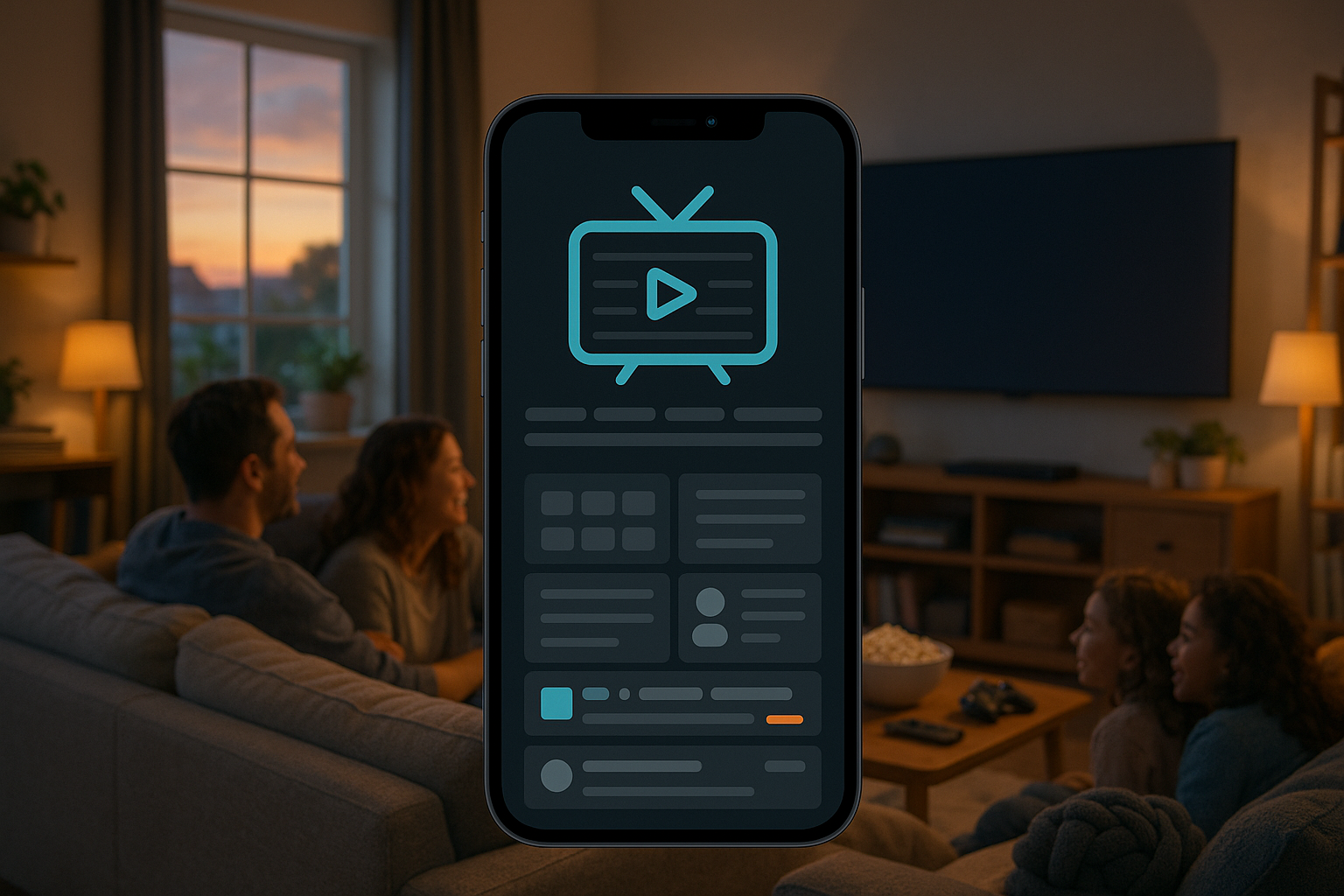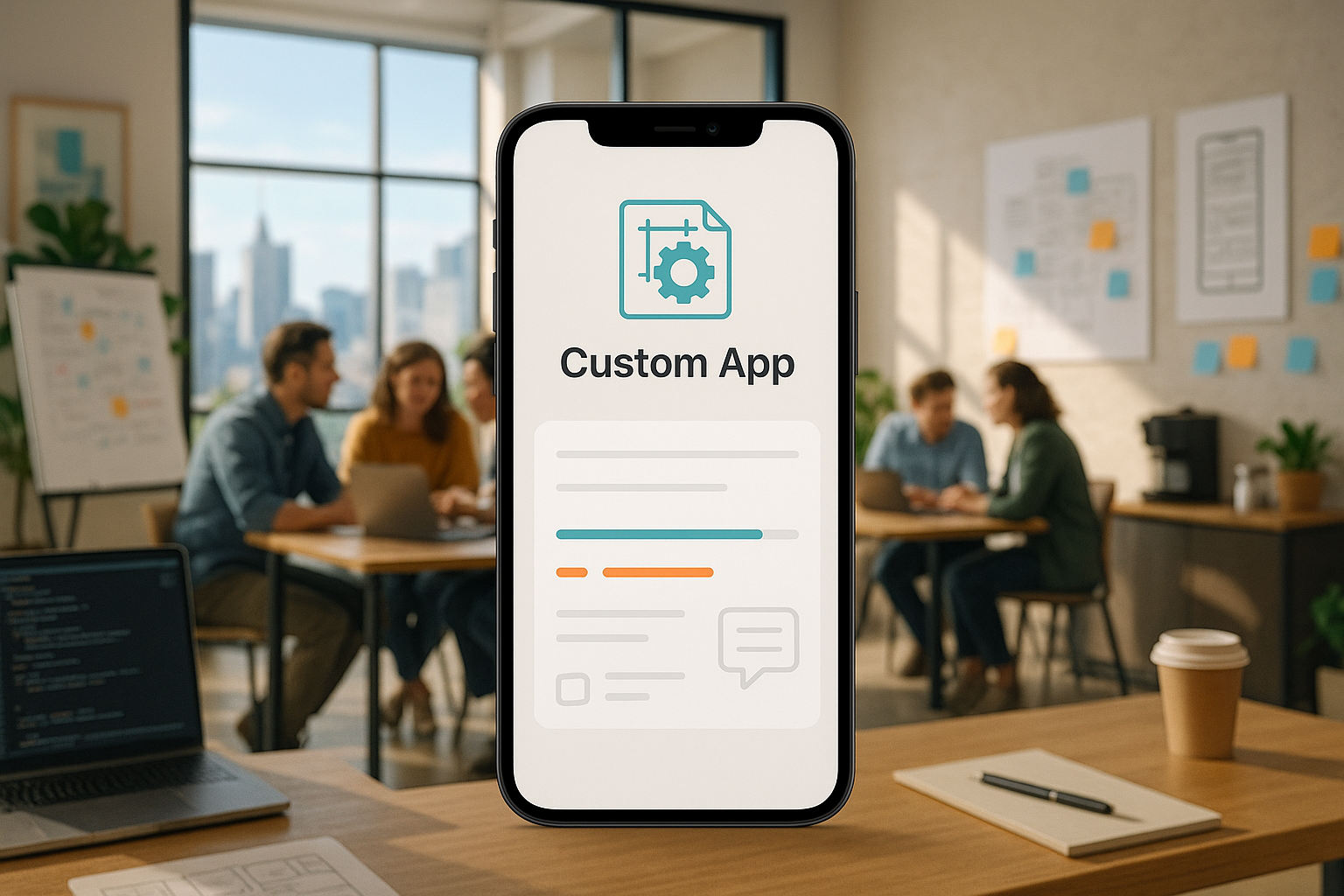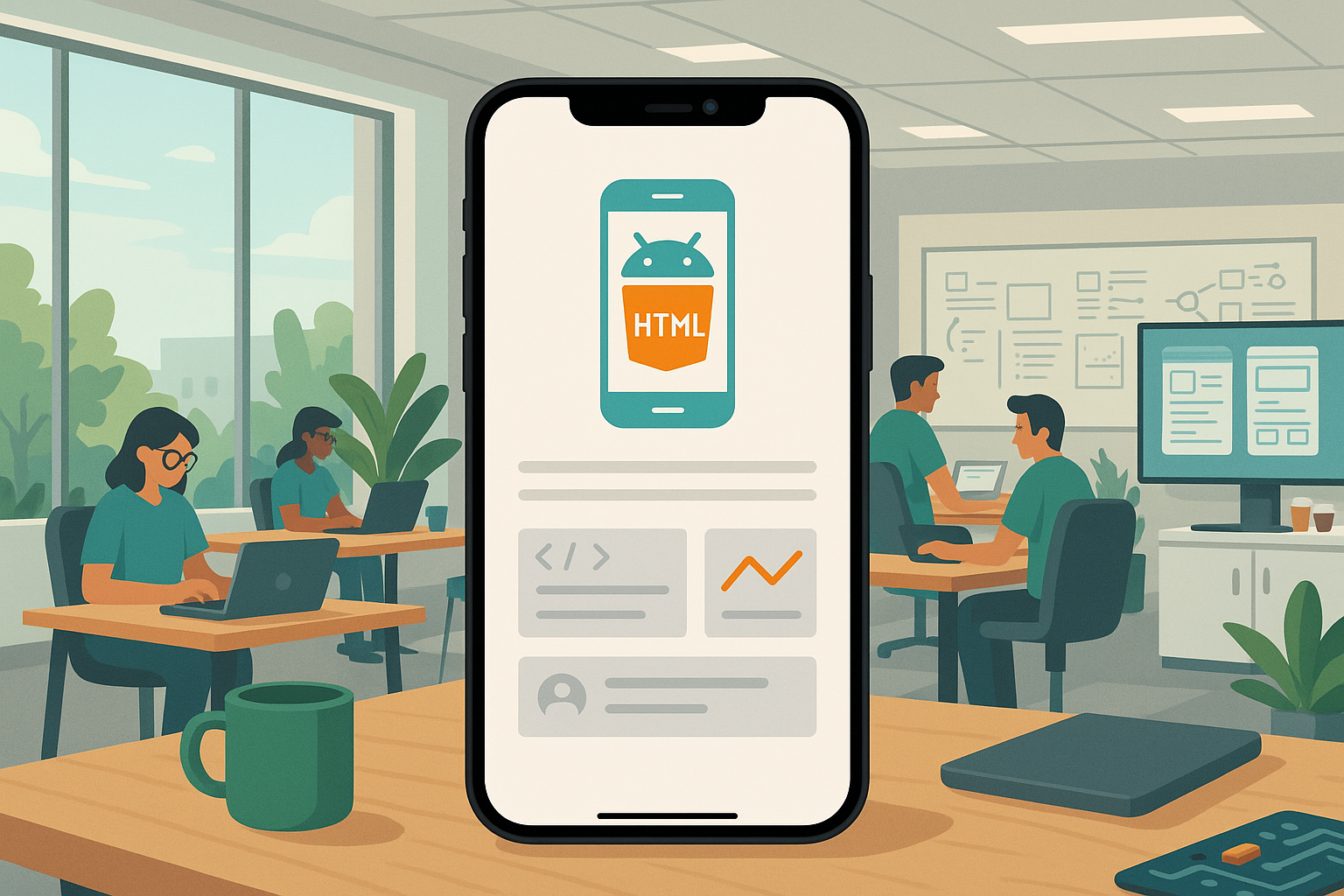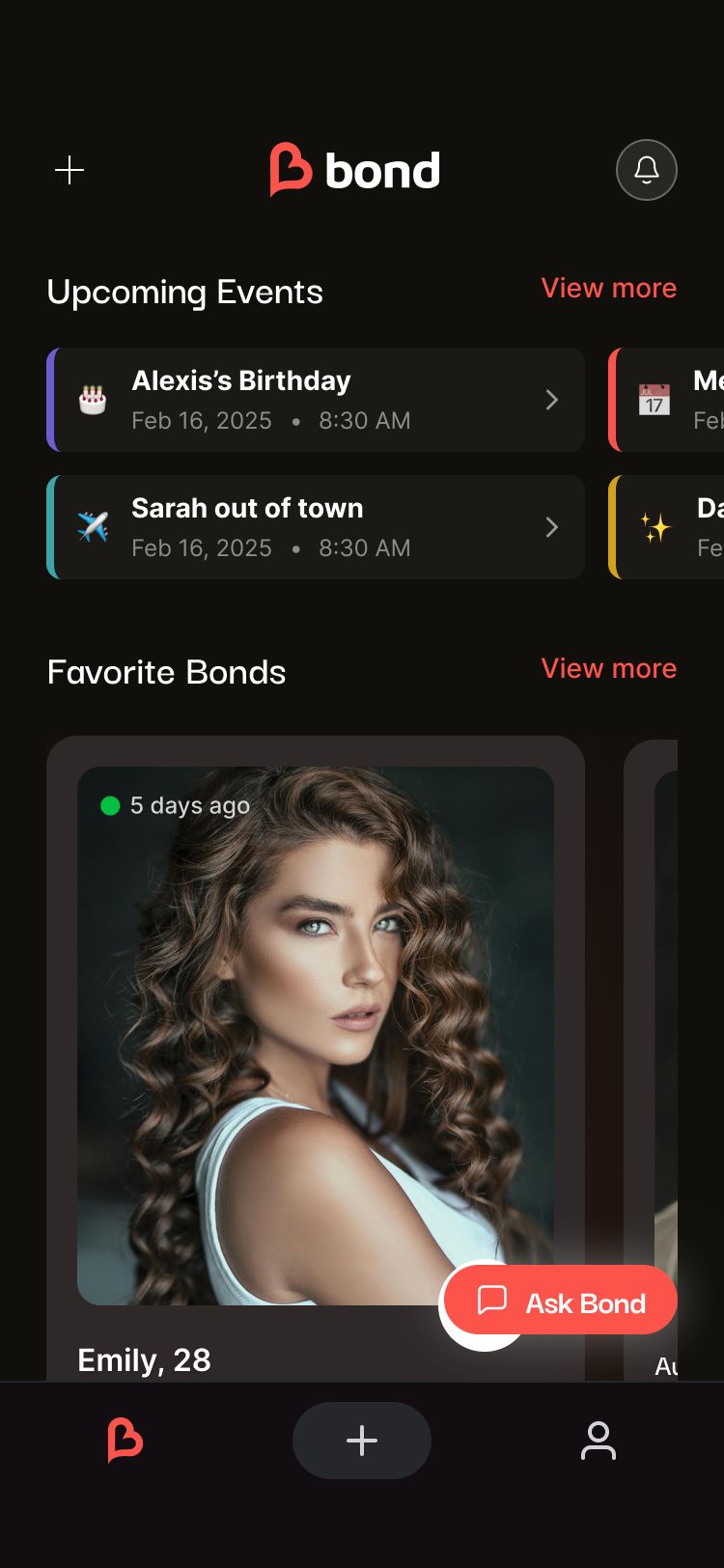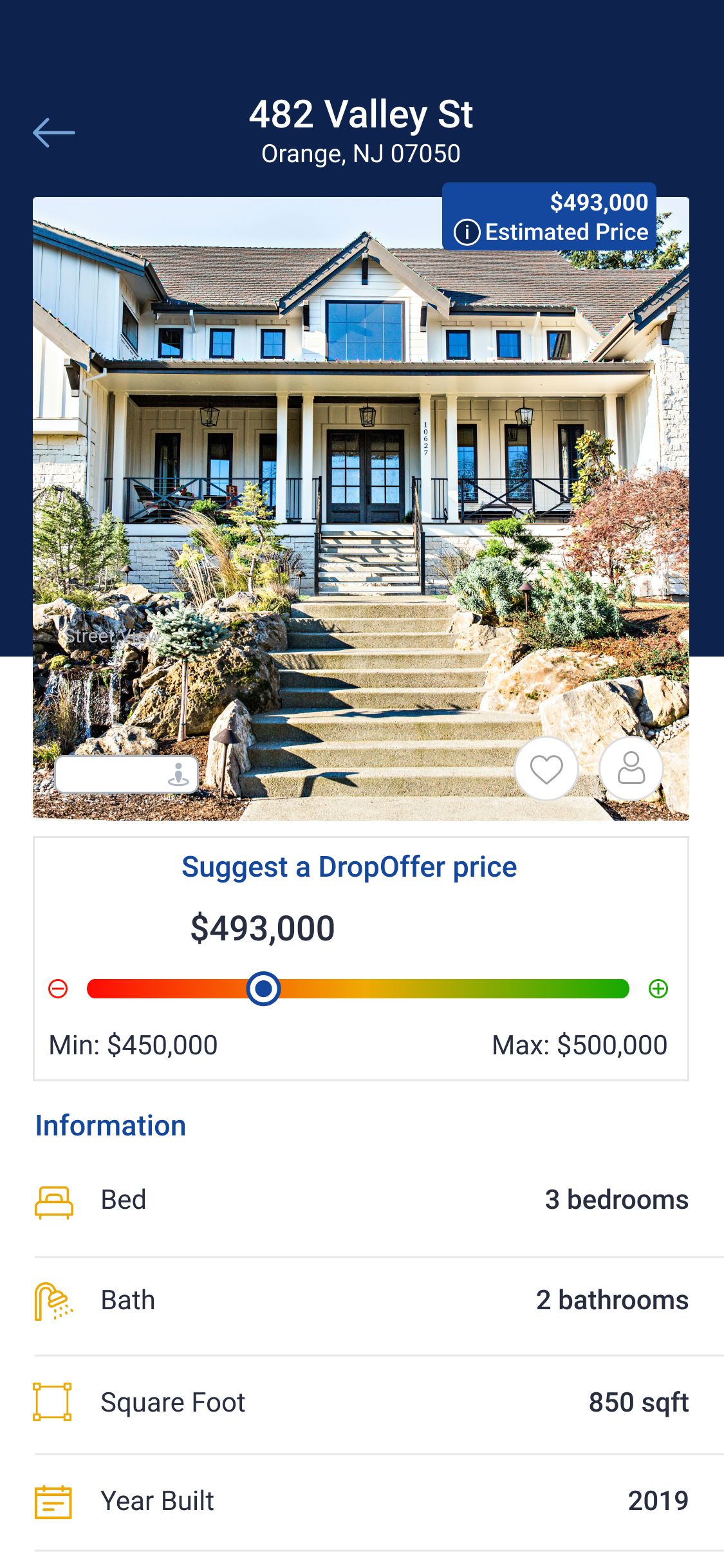A Comprehensive Guide to CTV App Development
The television screen has evolved from a passive display into an interactive, on-demand content hub. This shift, powered by Connected TV (CTV), has created a monumental opportunity for businesses and content creators to reach audiences directly in their living rooms. However, seizing this opportunity is far from simple. Developing a polished, high-performance CTV application is a journey fraught with technical hurdles, from navigating a bewildering array of hardware and software platforms to managing strict performance constraints. An in-house team without specialized experience can quickly find themselves overwhelmed, leading to a product that is sluggish, unstable, or simply fails to deliver a compelling user experience.
This guide is designed to demystify the world of CTV app development. We will provide a clear roadmap, exploring what a CTV app is, the significant challenges you will face when building one, the different ways to get your app onto CTV platforms, and a realistic breakdown of the associated costs. We will also look at the top players in the development space.
As a top US AI-powered app development firm with over 20 years of experience, we at MetaCTO specialize in not just building standalone apps, but in creating cohesive digital ecosystems. We understand that for many businesses, a CTV app is not an island; it is a critical extension of a mobile-first strategy. We are experts in seamlessly integrating CTV functionality into new or existing mobile applications, ensuring your brand provides a consistent and engaging experience wherever your users are. This article will equip you with the knowledge to make informed decisions and show you how a strategic partner like us can help you build, grow, and monetize your presence on the most important screen in the home.
What is a CTV App?
At its core, a CTV app is an application specifically designed to function on a Connected TV. This can refer to a Smart TV with built-in internet capabilities or a standard television connected to the internet via an external device like a Roku, Apple TV, Amazon Fire Stick, or a gaming console.
Unlike a mobile or web app, a CTV app is engineered for the “10-foot experience.” This means the user interface (UI) and user experience (UX) are optimized for viewing from a couch-level distance and navigated with a remote control rather than a touchscreen or mouse. This fundamental difference informs every aspect of the app’s design, from font sizes and button placement to navigation logic and content discovery.
Many of the major CTV platforms, which act as the operating systems for these devices, have their own distinct ecosystems and requirements for the apps they host. This means an app built for Roku’s platform may need significant modification to run on Amazon’s Fire TV or Samsung’s Tizen OS. A prime example of a platform-specific application is Roku OneView, which is an app that functions within the Roku ecosystem. These platforms provide users with access to a vast library of on-demand and live content delivered through a wide variety of these streaming apps, transforming the television into a dynamic content portal.
Why In-House CTV App Development is So Difficult
While the prospect of building a CTV app in-house can seem appealing, the reality is that the process is laden with unique and significant challenges that can derail even seasoned development teams. The CTV landscape is not a single, unified environment; it is a fragmented collection of disparate platforms, each with its own rules, limitations, and quirks. The recent explosion in CTV’s popularity has only compounded these issues, increasing the complexity of creating a truly polished and reliable application.
Here are the primary reasons why in-house CTV app development is a formidable undertaking.
Navigating Extreme Platform Fragmentation
The single greatest challenge in CTV development is platform fragmentation. Unlike the mobile world, which is largely dominated by iOS and Android, the CTV market is a mosaic of different operating systems, hardware specifications, and development requirements.
- Diverse Technical Requirements: Each platform—Roku, Amazon Fire TV, Apple tvOS, Google TV, Samsung Tizen, LG webOS, and more—has its own SDK (Software Development Kit), programming language preferences, and API specifications. Developing a “hybrid” application that works across all of them is a monumental task. An in-house team must acquire deep expertise in multiple, distinct development environments.
- Constant, Evolving Requirements: The platforms are not static. They are continuously updated with new features, security protocols, and certification requirements. What works today might be deprecated tomorrow. Keeping a single app compliant and functional across this ever-shifting landscape requires a dedicated, ongoing effort of tweaking and rebuilding.
Overcoming Hardware and Performance Constraints
CTV devices, particularly lower-cost streaming sticks, are not powerful computing machines. They often have severely limited memory and processing power compared to modern smartphones or laptops. This creates a challenging environment for developers.
- Strict Memory Management: Developers cannot simply employ a “copy and paste” approach from their mobile or web projects. Every line of code, every graphic, and every asset must be optimized to minimize its memory footprint.
- Dire Consequences of Failure: Ineffective memory management has immediate and severe consequences. It can lead to sluggish performance, frustrating lag in navigation, unexpected crashes, or the app failing to run altogether on certain devices. Ensuring a smooth experience requires a deep understanding of performance optimization specific to each target device.
Designing a Consistent User Experience
Achieving a consistent, high-quality user experience across the fragmented CTV landscape is a significant design and engineering challenge. What looks perfect on one device can appear broken on another.
- CSS and Rendering Variability: The way different devices and platforms interpret and render CSS (Cascading Style Sheets), the code that governs an app’s visual appearance, can be wildly inconsistent. This variability can make a developer’s head spin. One platform might render buttons in the wrong place, while another displays a font at the size of a Tic-tac mint. This requires extensive testing and platform-specific styling rules to ensure the UI is usable and professional on every screen.
- Resolution and Codec Disparities: The diversity in hardware extends to rendering capabilities. One user might have a brand new 4K television, while another uses an older 720p model. The app must be able to adapt its assets to display crisply on both. Furthermore, different devices support different video codecs. To ensure your video content plays flawlessly for every user, you may need to encode and host multiple versions of each video file, delivering the correct one based on the user’s device.
The Challenge of Mobile and CTV Integration
For most modern brands, a CTV app shouldn’t exist in a vacuum. It must work in harmony with a mobile app to create a seamless user journey. This integration presents its own set of challenges that require specialized expertise. A user might discover content on their phone during their commute and want to “cast” it to the TV or add it to a watchlist that syncs instantly with their CTV app when they get home.
Achieving this requires a robust backend architecture and careful design to bridge the gap between a personal, touch-based mobile experience and a shared, remote-controlled living room experience. This is precisely where hiring a development agency with deep expertise in both domains, like MetaCTO, becomes invaluable. We don’t just build isolated apps; we architect and engineer the entire ecosystem, ensuring your brand feels cohesive and intuitive across every touchpoint. Our experience in custom mobile app development provides the foundation for building this powerful, integrated experience.
Different Types of CTV Apps
While we often think of “CTV apps” as a single category, it’s more accurate to think about the different platforms and device types that provide access to them. The user’s entry point into the CTV world shapes the development and distribution strategy for an app. Connected TV platforms allow users to access a wide variety of on-demand and live content from these streaming applications, but they do so through several distinct hardware categories.
Smart TVs: These televisions come with an operating system and internet connectivity built-in. Many arrive with popular streaming apps pre-installed, giving them prominent placement on the user’s home screen. Gaining a pre-installed spot is highly competitive, but having an app available in the TV’s native app store (like Samsung’s Tizen App Store or LG’s Content Store) is essential.
External Streaming Devices: This is perhaps the most common category, encompassing devices from brands like Apple (Apple TV), Amazon (Fire Stick), and Roku. These devices plug into a standard TV and give it “smart” capabilities. Apps must be developed specifically for each device’s operating system (tvOS, Fire OS, Roku OS) and submitted to their respective app stores for approval.
Gaming Consoles: Modern gaming consoles like the Sony PlayStation and Microsoft Xbox are powerful media hubs. They offer access to all of the most popular streaming apps, turning the console into an all-in-one entertainment system. Developing for these platforms often involves working within their unique UI paradigms and certification processes.
Computers and Laptops: While not a traditional “living room” setup, computers and laptops from brands like Dell and HP are frequently used to watch streaming content, either through a web browser or a downloadable desktop app. Users may connect their laptop to a TV via an HDMI cable for a big-screen experience.
Smartphones and Tablets: These devices are a critical part of the CTV ecosystem. They offer access to nearly all streaming platforms via dedicated mobile apps. They often act as a “second screen” for content discovery, account management, and even as a remote control for the CTV app. The seamless synchronization between the mobile and TV app is a hallmark of a well-executed streaming service.
Cost Estimate for Developing a CTV App
Building a CTV app is a significant investment in your business. The path you choose to build it will have a dramatic impact on both your upfront expenses and your long-term operational costs. Broadly, there are two primary models for developing a CTV app: leasing a pre-built solution from an OTT platform or hiring a developer/agency to build a custom application.
The Two Development Models: Leasing vs. Building
Leasing an OTT Platform: This model involves using a “white-label” service from a company like Uscreen, Zype, or Vimeo OTT. You pay a monthly or annual fee to use their existing app infrastructure, which you can then customize with your own branding and content. This approach has much lower upfront costs and is often faster to market.
Hiring a Developer or Agency: This model involves commissioning an individual developer or a full-service agency (like MetaCTO) to design, build, and launch a completely custom CTV app from the ground up. This option offers maximum flexibility and control but comes with a significantly higher upfront investment. Hiring an agency is a much bigger expense than an individual developer but typically provides a more comprehensive service, including strategy, design, development, and project management.
The table below breaks down the typical costs and services associated with each model.
| Feature | Leasing (OTT Platform) | Hiring a Developer/Agency |
|---|---|---|
| Upfront Cost | $500 – $5,000 | $20,000 – $100,000+ |
| Ongoing Cost | Fixed monthly fee (starting at $499+) | No fixed fee, but ad-hoc costs |
| Maintenance | Included in monthly fee | Extra, costing $5,000+ per year |
| App Store Fees | Included & managed by the platform | Manual submission & fees required |
| Monetization Setup | Included (e.g., subscriptions, ads) | Requires custom development |
| Ongoing Support | Included app team support | Billed separately or via retainer |
A Deeper Look at the Costs
As the table illustrates, the financial commitment varies drastically.
Leasing an app through an OTT platform like Uscreen (starting at $499/month for their App essentials plan, plus a per-subscriber fee) or Zype (starting from $500/month) does not require a huge upfront investment. The major benefits are that critical services like ongoing maintenance, monetization setup, and app store submissions are included in the recurring fee. You also get ongoing support from the platform’s app team. However, other platforms like Vimeo OTT, Muvi, Kaltura, and Brightcove require you to contact their sales teams for custom enterprise pricing.
Hiring a developer to build a custom app is a major capital expense. Costs start at $40,000 and can easily exceed six figures. On top of the initial build, developers charge additional fees for maintenance, which can run over $5,000 per year. You are also responsible for manually managing app store submissions and fees, and any monetization features must be custom-developed, adding to the cost and complexity. While this path offers unparalleled customization, the financial and operational burden is substantial.
For many businesses, the ideal path lies in a strategic partnership. At MetaCTO, we provide the deep technical expertise of a custom development agency but focus on delivering value efficiently. We can help you navigate these financial decisions, determine the right technology stack, and even develop a Rapid MVP to validate your concept before committing to a full-scale build.
Top CTV App Development Companies
The CTV app development landscape includes a mix of content giants who build their own apps and specialized agencies that help others build theirs. Based on market presence and development prowess, here are some of the leading names in the space.
MetaCTO As a premier AI-enabled mobile and CTV app development company, we offer a unique advantage. While many developers focus solely on the CTV app itself, we specialize in creating a powerful, cohesive ecosystem that integrates your CTV presence with a world-class mobile app. With over 20 years of experience and more than 120 successful projects launched, we understand that modern user engagement happens across multiple screens. We handle every step of the process—from initial strategy and validation to building, growing, monetizing, and evolving your application. We excel at solving the complex challenge of making a mobile app and a CTV app work together seamlessly, ensuring a consistent brand experience and synchronized user data. This integrated approach is critical for maximizing user retention and opening up sophisticated monetization strategies.
Disney A dominant force in media, Disney was a top 5 CTV app developer on Amazon Fire TV in North America in April 2023. Their success with Disney+ showcases their ability to deliver a high-quality, stable streaming experience across a massive range of devices.
Pluto Inc. The developer behind the popular free streaming service Pluto TV, this company was among the leaders on Roku in April 2023 and ranked as a top 5 developer in North America on the platform. Their expertise lies in ad-supported video on demand (AVOD).
Fox News A major news organization, Fox News has a strong presence in the CTV space. It was a leader on Roku in April 2023 and also ranked as a top 5 CTV app developer on the platform in North America.
Frndly TV This company has achieved the impressive feat of ranking as a top 5 developer on both Roku and Amazon Fire TV in North America as of April 2023, demonstrating a strong multi-platform strategy for their family-friendly live TV service.
Discovery Communications The company behind Discovery+ and other factual content brands, Discovery was a top 5 CTV app developer on Amazon Fire TV in North America in April 2023.
AT&T Services Inc. The telecommunications giant, which has been a major player in streaming, was recognized as a top 5 CTV app developer on Roku in North America in April 2023.
fuboTV A sports-first live TV streaming service, fuboTV has carved out a significant niche and was ranked as a top 5 developer on Amazon Fire TV in North America in April 2023.
A+E Networks The media company behind channels like A&E, History, and Lifetime, A+E Networks was a top 5 developer on Amazon Fire TV in North America in April 2023.
A Parent Media Co. Inc. This developer focuses on kid-safe content and was listed as a top 5 CTV app developer on Roku in North America in April 2023.
TelevisaUnivision Interactive A leading Spanish-language media company, TelevisaUnivision Interactive was among the leaders on the Roku platform in April 2023, showing strong engagement with its target audience.
Conclusion: Build Your CTV Future the Right Way
We’ve journeyed through the dynamic and complex world of Connected TV app development. You now understand that a CTV app is a unique application built for the 10-foot living room experience. We have detailed the formidable challenges—platform fragmentation, severe hardware limitations, and UI inconsistencies—that make in-house development a perilous endeavor. We’ve also broken down the two primary development paths, leasing an OTT platform versus hiring a custom developer, and outlined the stark differences in cost, control, and long-term maintenance.
The key takeaway is that building a successful CTV app requires more than just code. It requires a deep, specialized understanding of a fragmented and constantly evolving ecosystem. More importantly, in today’s multi-screen world, it requires a holistic strategy that seamlessly integrates the CTV experience with your mobile presence. This is where a strategic partner becomes not just a vendor, but a vital component of your success.
At MetaCTO, we bring over two decades of experience in architecting these complex digital ecosystems. We don’t just build apps; we build businesses. If you’re ready to extend your brand to the most important screen in the home and integrate CTV into your product roadmap, the next step is to speak with an expert who has done it before.
Talk with a CTV expert at MetaCTO today, and let’s build your app the right way, from day one.
